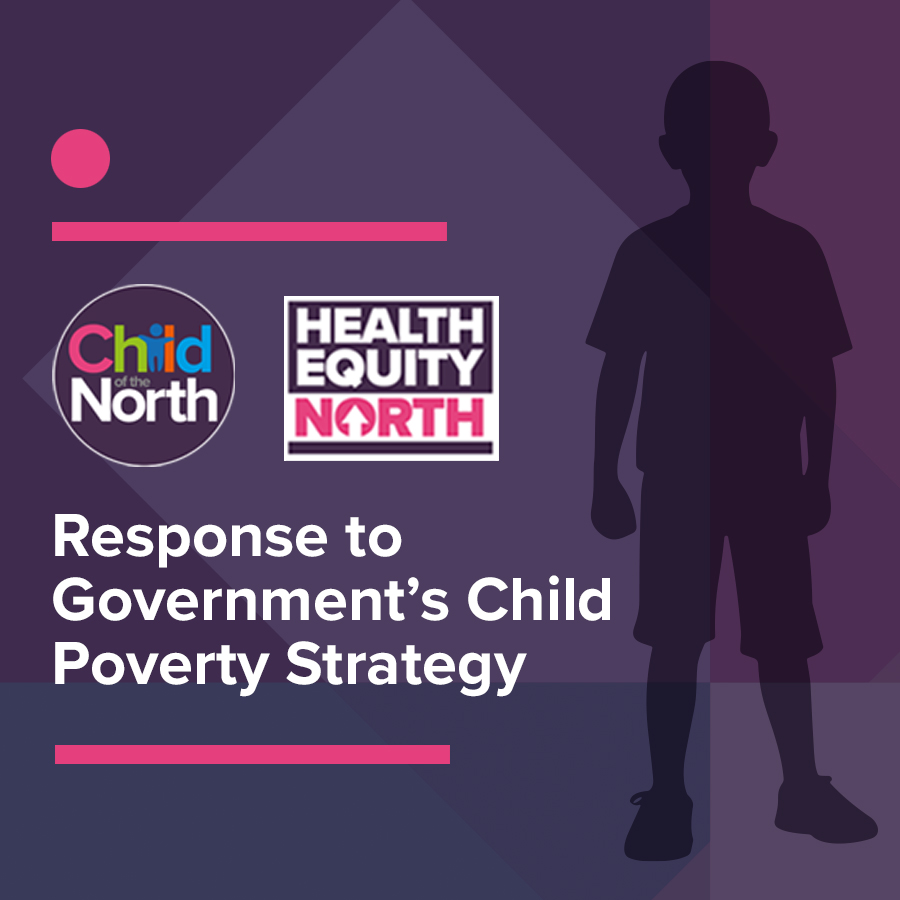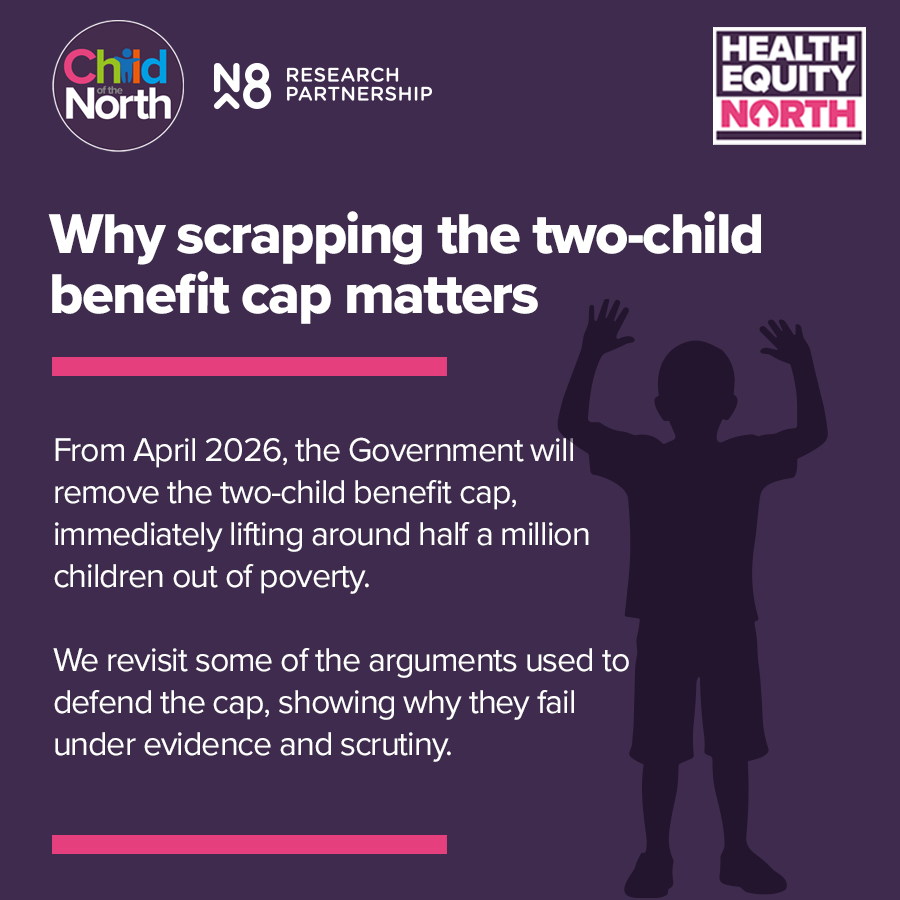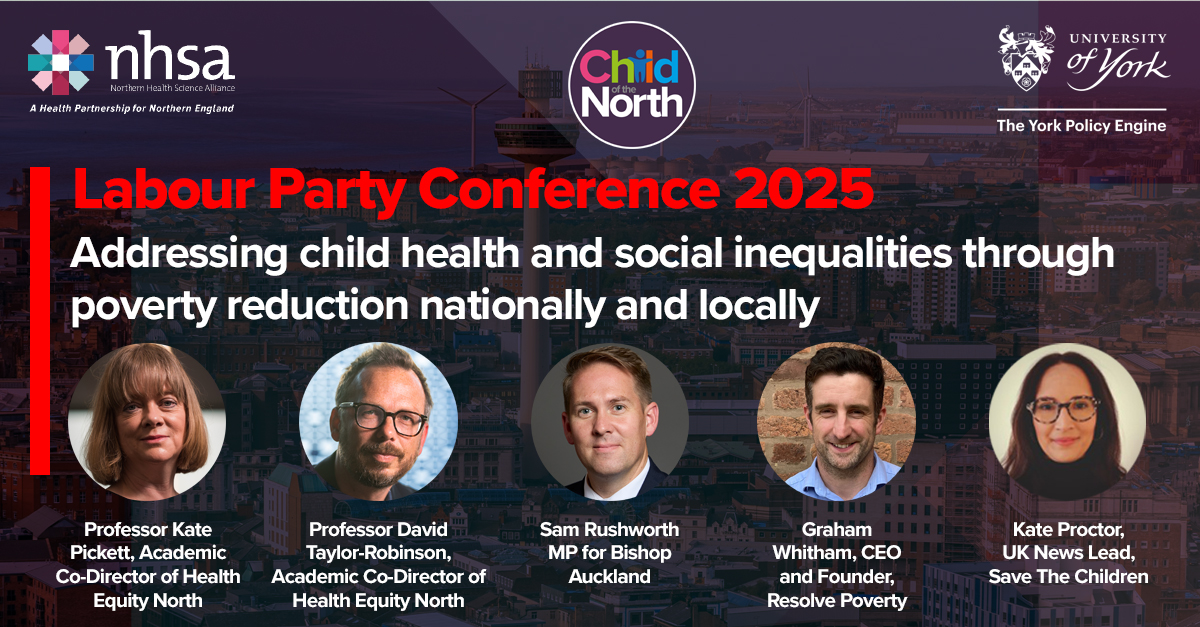BLOG: Which football team wins the Child Health and Wellbeing League?
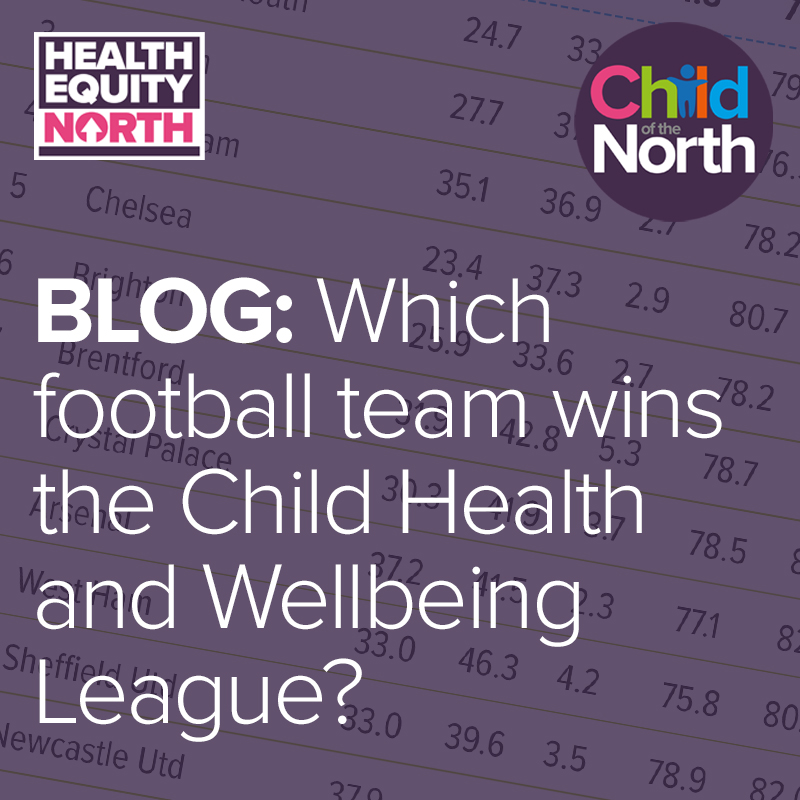
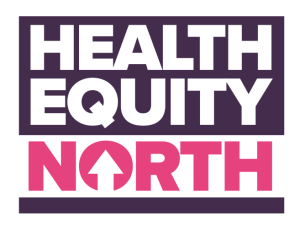

“Some people believe football is a matter of life and death,” Bill Shankly, Liverpool FC’s manager between 1959 and 1974, once said. “I am very disappointed with that attitude. I can assure you it is much, much more important than that.”
Now imagine the newspaper headlines if at the end of the 2023/24 football season Manchester United were champions and three of the biggest English football clubs – Nottingham Forest, Everton and Liverpool – were all relegated from the league.
If football were really a matter of life and death, this is exactly what would happen.
Health Equity North has put together a Child Health and Wellbeing League Table which ranks the 2023-24 Premier League football clubs from best to worst using key childhood indicators:
- P, played: Poverty (percentage of children aged 0-15 years who are living in households with below 60% median income after housing costs, 2021/22)
- W, won: Weight (percentage of year 6 children obese or overweight, 2021/22)
- D, drawn: Deaths (Infant mortality rate 2019-21 (deaths per 1000 live births)
- L, lost: Life expectancy (male life expectancy at birth 1 year range, 2021)
- F, for: Female life expectancy (female life expectancy at birth 1 year range, 2021)
- A, against: Attainment (average pupil scores across 8 GCSE-level qualifications, 2021/22)
- GD, goal difference: Gap in Deaths (average male and female within area inequalities in life expectancy at birth, 2018-2020)
The final league points represent the sum of ranks for each outcome. For example, Manchester United’s league-winning score of 121 points comes from ranking 1st for Poverty, 3rd for Weight, 1st for Deaths, 4th for Life expectancy (male), 3rd for female life expectancy, 1st for Attainment and 13th for Gap in Deaths.
Manchester United would win the Child Health and Wellbeing League, and Bournemouth, Fulham and Tottenham would join them in the top four European places, with Chelsea in fifth, Brighton in sixth and Brentford in seventh place.
But as the bottom three in the table, Nottingham Forest, Everton and Liverpool would all be relegated.
The data we have used comes from End Child Poverty[1] and the Office for Health Improvement and Disparities[2]. The football clubs were geo-referenced to the local area with which they are most associated, so Manchester United’s data, for example, is for Trafford Borough Council, Chelsea FC is represented by data from the Royal Borough of Kensington and Chelsea, and Nottingham Forest is represented by data from Nottingham City Council. Liverpool and Everton have the same data as their grounds, Anfield and Goodison, are in the same local authority (Liverpool).
Apart from throwing up some unusual league places, the Child Health and Wellbeing League also further demonstrates the extent of the north-south divide in health in England: the top half of the table is dominated by southern clubs and the relegated trio are from the midlands (Nottingham Forest) and the north-west (Everton, Liverpool).
The cities of Liverpool and Nottingham have some of the worst health and wellbeing outcomes in the country. Nottingham’s infant mortality rates are over three times higher (6 deaths per 1000 live births) than Trafford’s (1.8 per 1000 live births) whilst life expectancy is almost 5 years higher for baby boys (80.7 years) and over 7 years higher for baby girls (85.9 years) born in Kensington and Chelsea than for baby boys (75.8 years) and baby girls (78.7 years) born in Liverpool.
The Child Health and Wellbeing League also demonstrates the stark health inequalities that exist within our towns and cities. So, while Manchester United win the league, their “noisy neighbours” Manchester City are almost relegated. Children are 50% less likely to grow up in poverty (22.3%) on the red side of Greater Manchester than on the blue side (44.7%) – only a couple of miles down the road.
Even within local authorities there are high inequalities in life chances with, for example, an almost 13-year gap in life expectancy for babies born in the most and least deprived areas of Kensington and Chelsea. Likewise in Newcastle, the gap in life expectancy at birth is over 10 years.
The North-South health divide, local health inequalities, and inequalities within local authorities are a serious matter – impacting on children across their whole life. Children born into poverty are less likely to do well at school or to find employment and they will, on average, die earlier than other people.
Health Equity North has been shining a light on the worse health and wellbeing experienced by children growing up in the North of England. In 2021 we published the Child of the North report. Due to poverty and lack of investment, we show how outcomes for children across the North of England are worse across the board when compared to their peers – from risk of death in childhood, to obesity, mental health, and education, and the Covid-19 pandemic and cost of living crisis have made the situation worse. The report also shows how the longstanding North-South divide in child health largely explains the North-South divide in adult health, and thus economic productivity.
We have been working with the All Party Parliamentary Group on Child of the North to reduce inequalities amongst children. We recommend that Government ensures:
- Families with children have enough money and security of income to meet basic needs, by taking immediate measures to tackle child poverty including: increasing child benefit by up to £20/week; increasing the child element of universal credit; suspending the two-child limit
- Children don’t go hungry and have enough healthy food to eat, by dramatically expanding provision of free-school meals.
- Increased investment in welfare, health and social care systems that support children’s health, particularly in deprived areas, reversing the cuts that have hit disadvantaged areas in the North the hardest.
- A joined-up strategy to tackle health inequalities, putting children’s health and wellbeing at the heart of policy.
The Child Health and Wellbeing League is a way of raising awareness of the huge inequalities in “life and death” that exist for children in England today.
[1] https://endchildpoverty.org.uk/wp-content/uploads/2023/06/Child-Poverty-AHC-estimates-2015-2022_final.xlsx (based on Department for Work and Pensions data)
[2] https://fingertips.phe.org.uk/
By Health Equity North Co-Academic Directors:
Professor Clare Bambra, Professor of Public Health at Newcastle University
Professor David Taylor-Robinson, Professor of Public Health and Policy at the University of Liverpool
Dr Luke Munford, Health Economist at the University of Manchester
Professor Kate Pickett, Professor of Epidemiology, University of York




